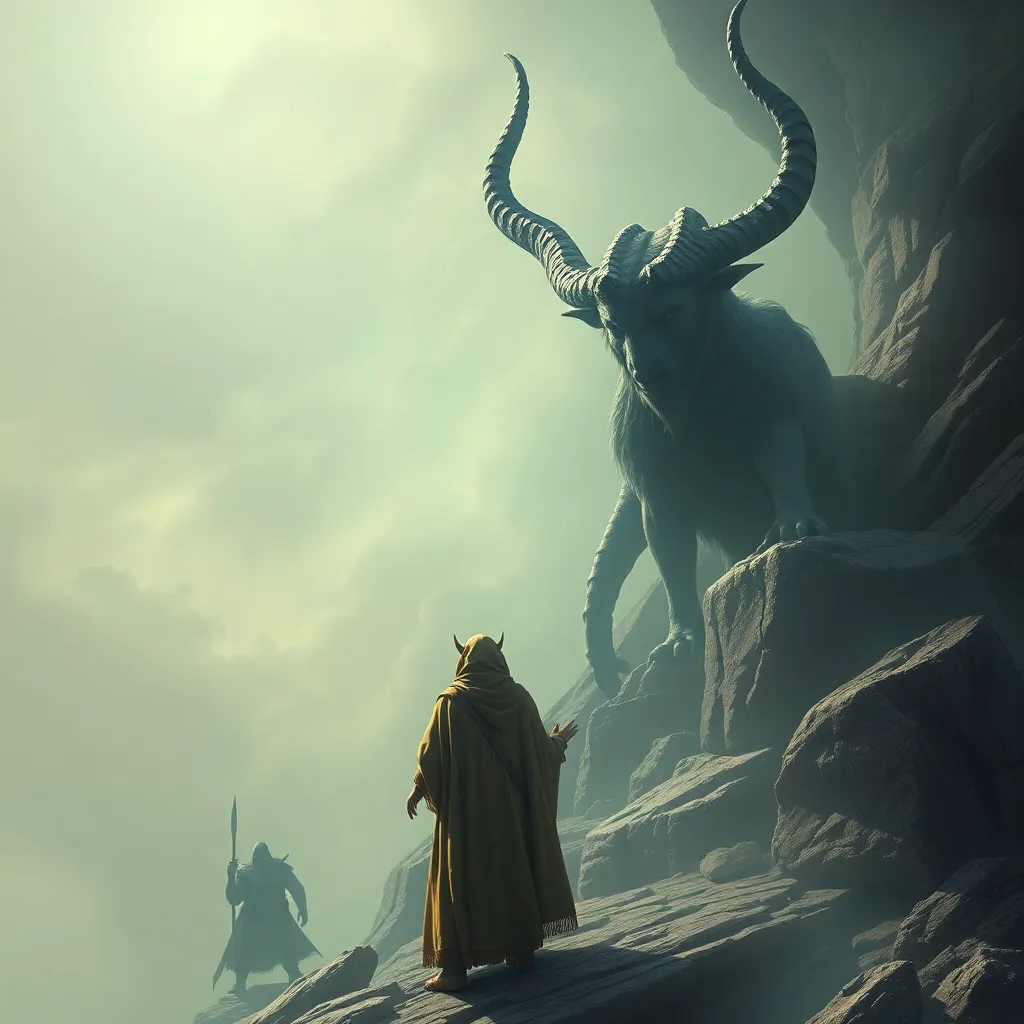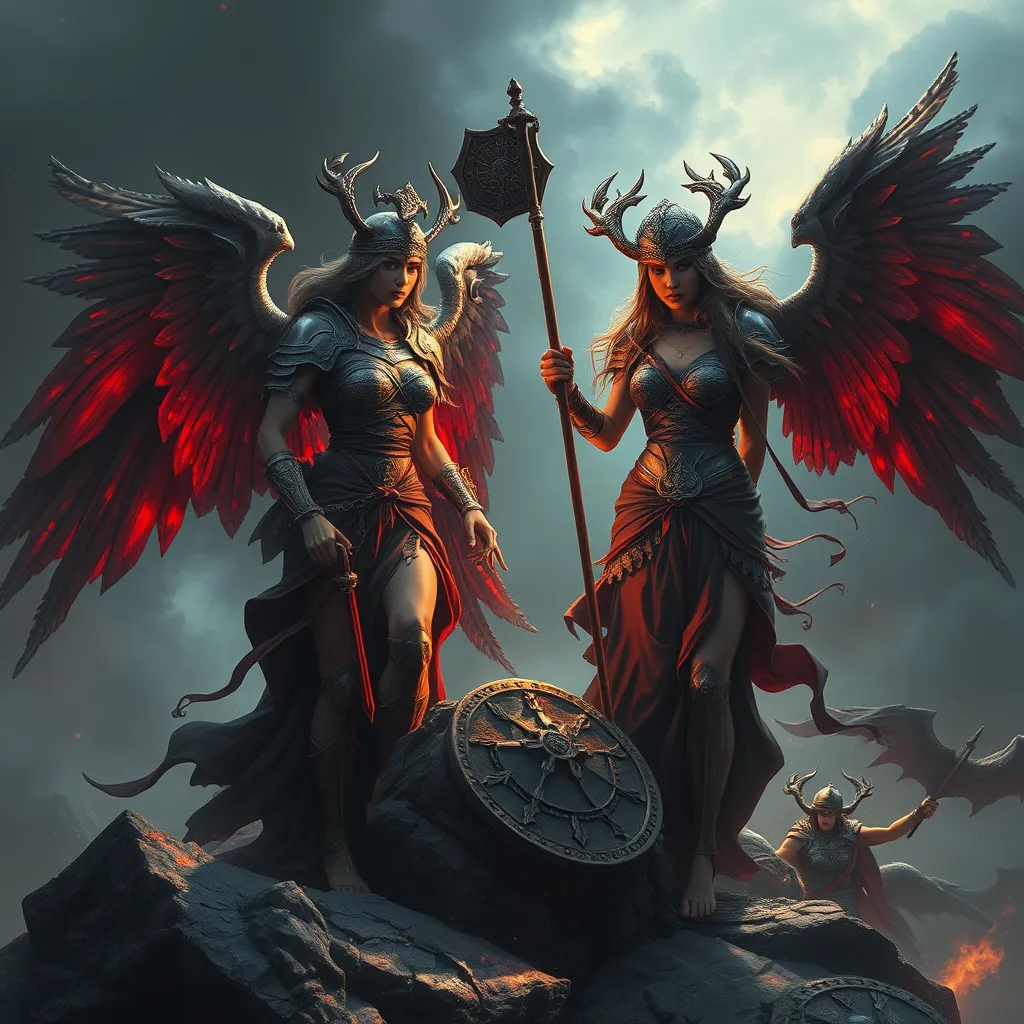The Naga’s Wisdom: Serpent Kings and the Art of Prophecy
I. Introduction
The Naga mythology, steeped in ancient lore and spiritual significance, presents a fascinating narrative that intertwines the lives of serpent kings and the art of prophecy. These mythical beings, often depicted as half-human and half-serpent, hold a prominent place in various cultures, particularly in South and Southeast Asia. They are revered as guardians of treasures, wisdom, and water bodies, embodying both the protective and destructive forces of nature.
In this article, we will explore the significance of serpent kings in different cultures, delve into the origins and representations of Nagas, and examine their role in prophecy and modern spirituality. The insights derived from Naga wisdom offer profound lessons that resonate even today.
II. The Naga in Mythology
A. Origins and historical context of the Naga
The origins of Naga mythology can be traced back to ancient texts and oral traditions across several cultures. In Hinduism, Nagas are considered demigods and are often associated with water and fertility. In Buddhism, they are seen as protectors of the Dharma, while in various indigenous cultures, they represent the spirit of the earth and water.
B. Various representations of Nagas across cultures
- Hinduism: Nagas are depicted as powerful entities residing in the underworld (Patala) and are often linked to rain and fertility.
- Buddhism: Nagas are guardians of the Buddha and are frequently featured in Buddhist art, symbolizing protection and enlightenment.
- Southeast Asian cultures: In countries like Thailand and Laos, Nagas are portrayed in architecture and folklore, often as protectors of sacred sites.
C. Symbolism associated with serpents in mythology
Serpents symbolize various dualities in mythology, including:
- Wisdom: Serpents are often seen as wise beings, possessing knowledge of the universe.
- Transformation: The shedding of skin symbolizes renewal and transformation.
- Duality: Representing both good and evil, serpents embody the balance of nature.
III. The Role of Naga as Kings
A. Characteristics of serpent kings in folklore
Naga kings, or serpent kings, are depicted as powerful and majestic beings, often possessing supernatural abilities. They are revered for their wisdom and strength, and they play significant roles in the protection of their realms.
B. The dual nature of Nagas: protectors and destroyers
Nagas are characterized by their dual nature. On one hand, they serve as protectors of water, wealth, and sacred knowledge. On the other hand, they can be fierce and vengeful, unleashing their wrath upon those who disrespect their domain. This duality reflects the complexity of nature itself.
C. Case studies: Prominent serpent kings in different traditions
- Vasuki: In Hindu mythology, Vasuki is a serpent king who played a crucial role in the churning of the ocean, symbolizing cooperation and strength.
- Naga Muni: In Buddhist tradition, Naga Muni is depicted as a wise serpent who protects the teachings of the Buddha.
- Phaya Naga: In Thai folklore, Phaya Naga is a water serpent revered as a protector of rivers and is associated with prosperity and fertility.
IV. The Art of Prophecy in Naga Culture
A. Understanding prophecy in the context of Naga beliefs
In Naga culture, prophecy is often viewed as a sacred art that connects the physical world with the spiritual realm. The Nagas are believed to possess the ability to foresee future events and provide guidance to humanity.
B. Methods of divination associated with Nagas
Naga divination practices include:
- Water divination: Utilizing the movement of water to interpret omens.
- Dream interpretation: Analyzing dreams as messages from the Nagas.
- Rituals and offerings: Conducting rituals to seek guidance from the serpent kings.
C. The importance of dreams and visions in Naga prophecy
Dreams and visions play a pivotal role in Naga prophecy. They are often seen as direct communications from the Naga kings, providing insights and warnings about future events. Interpreting these dreams requires deep understanding and intuition.
V. Naga Wisdom: Teachings and Lessons
A. Key themes of wisdom imparted by the Nagas
Naga wisdom encompasses various themes, including:
- Balance: The importance of balance in nature and human life.
- Respect for nature: Understanding the interconnectedness of all living beings.
- Inner knowledge: Seeking wisdom within oneself through introspection and meditation.
B. Parables and stories illustrating Naga teachings
Numerous parables in Naga folklore illustrate their teachings. For example, a story about a young man who learns the importance of humility and respect after encountering a Naga teaches that true strength lies in understanding one’s place in the world.
C. Contemporary applications of Naga wisdom
In today’s fast-paced world, the teachings of the Nagas can guide individuals toward a more mindful and balanced life. Incorporating these lessons into daily practices can enhance well-being and foster a deeper connection with nature.
VI. The Naga’s Influence on Modern Spirituality
A. The resurgence of interest in Naga symbolism
In recent years, there has been a growing interest in Naga symbolism within modern spirituality. People are drawn to the rich heritage and the profound messages conveyed through Naga mythology.
B. Integration of Naga wisdom into modern spiritual practices
Modern spiritual practitioners are integrating Naga wisdom into various practices, such as:
- Meditation focused on connection with nature.
- Rituals that honor the earth and water.
- Artistic expressions inspired by Naga symbolism.
C. Naga-inspired art and literature in contemporary culture
The influence of Nagas extends into contemporary art and literature, where artists and writers draw inspiration from their stories and symbolism. Naga motifs are often used to convey themes of transformation and wisdom.
VII. Challenges and Misunderstandings
A. Misconceptions about Naga beliefs and practices
Despite their rich history, there are misconceptions about Naga beliefs. Some view them merely as mythical creatures, overlooking their cultural and spiritual significance.
B. Cultural appropriation and the commercialization of Naga symbolism
The commercialization of Naga symbolism raises concerns about cultural appropriation. As Naga imagery becomes popular in fashion and media, it is essential to respect its cultural origins and meanings.
C. Efforts to preserve authentic Naga traditions
Efforts to preserve authentic Naga traditions are crucial in maintaining the integrity of their cultural heritage. Community leaders and scholars work to educate others about the significance of Naga beliefs and practices.
VIII. Conclusion
The Naga’s significance in mythology and prophecy transcends time and culture, offering timeless lessons that resonate with contemporary society. As we continue to explore the depths of Naga wisdom, there is an opportunity to honor and integrate these teachings into our lives. The enduring legacy of the serpent kings serves as a reminder of the balance between nature and humanity, encouraging us to seek wisdom within and to respect the world around us.



